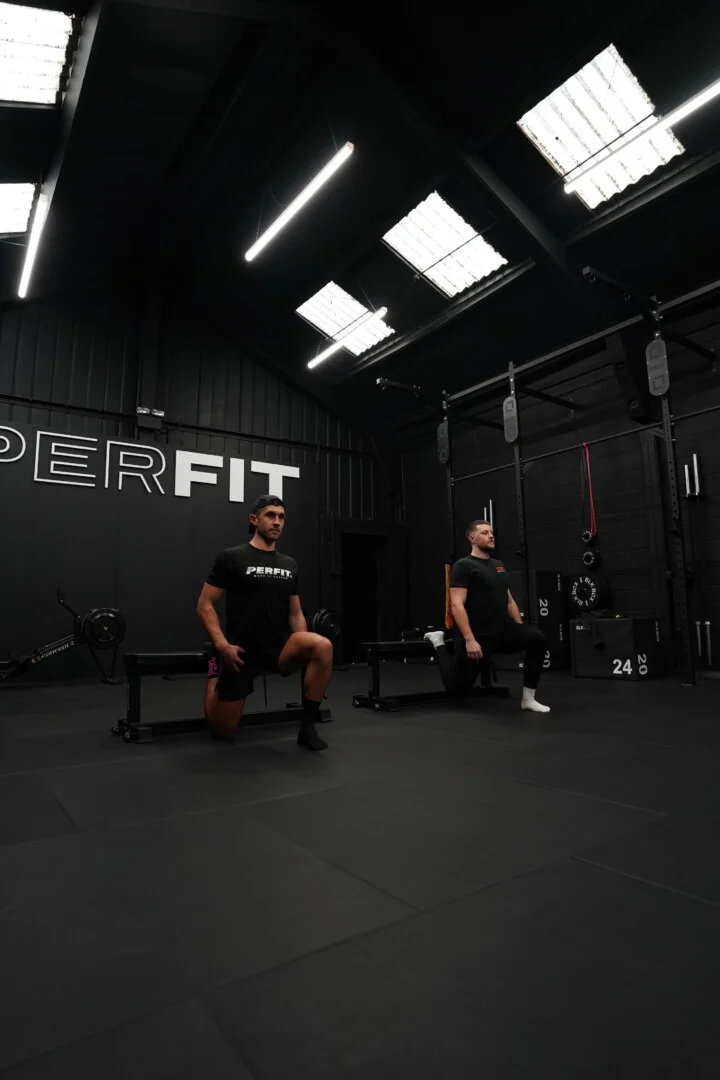Home / Sports Recovery / Stability, Strength, and Mobility: Exploring the Crucial Connection In Injury Prevention
In the realm of fitness and athleticism, the pursuit of optimal performance and injury prevention often takes center stage. While strength and mobility are commonly acknowledged as key components of physical well-being, the importance of joint stability in this triumvirate is sometimes underestimated. This blog post aims to shed light on the vital role joint stability plays in reducing the risk of injury and its intricate relationship with strength and mobility.
Joint stability can be defined as the ability of a joint to maintain or return to its normal position during movement. It acts as the anchor that keeps our skeletal system aligned, preventing excessive motion and potential injuries. Key factors contributing to joint stability include ligaments, tendons, muscles, and the nervous system.
Strength and joint stability go hand in hand. While strength is commonly associated with the ability to lift heavy weights or perform challenging exercises, it also plays a pivotal role in joint stability. Strong muscles contribute to the overall support and control of joints, preventing them from being vulnerable to sudden movements or external forces.
Effective strength training should target not only the major muscle groups but also the stabilizing muscles around joints. Compound exercises, such as squats and deadlifts, engage multiple muscle groups, promoting a well-rounded approach to strength that enhances joint stability.
Mobility, the range of motion in a joint or series of joints, is another essential aspect of the equation. While flexibility focuses on the length of muscles and their ability to stretch, mobility involves both flexibility and stability. A joint with optimal mobility can move through its full range of motion efficiently, provided it is well-supported by stabilizing muscles.
In the pursuit of a well-rounded and injury-resistant physique, understanding the symbiotic relationship between joint stability, strength, and mobility is paramount. Neglecting one element of this golden trio may leave your body susceptible to injury or limit your athletic potential. By incorporating targeted exercises and mindful training practices, you can fortify your joints, ensuring they serve as resilient pillars that support your overall well-being. Remember, the journey to peak performance and injury prevention is a holistic one, where joint stability takes its deserving place alongside strength and mobility. Our Team at ARP utilise a targeted and evidence-informed approach to ensure efficient rehab and recovery for all.

Learn More about how we can help you
Sign up for a FREE introductory chat
Osteopathy, Posture Correction and Sports Injury Services across Norfolk.